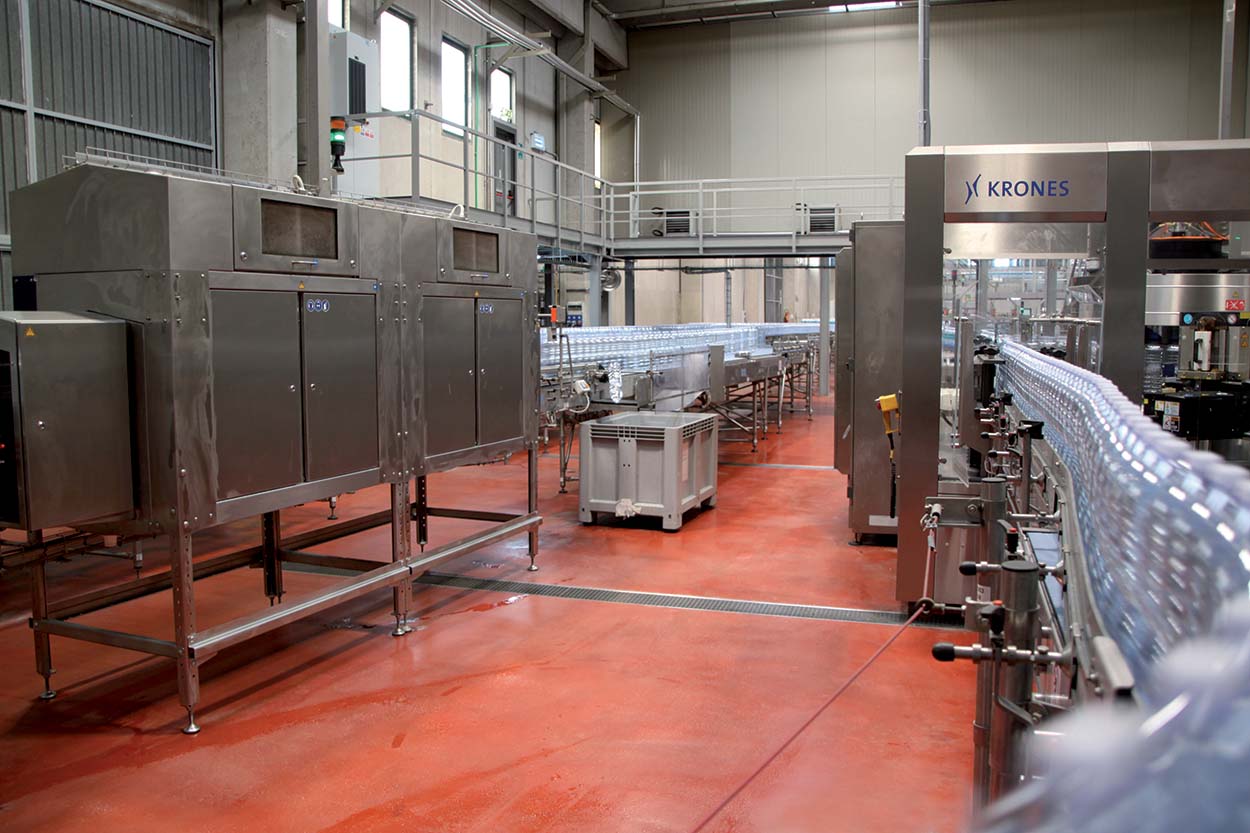
Resin systems for high-performance floors
Questions and answers with Andrea Invernizzi of Mapei Spa's Resin Floorings Division.
Questions and answers with Andrea Invernizzi of Mapei Spa's Resin Floorings Division.
Resin flooring systems only became an established solution in the building industry over the last few decades, but they represented a turning point regarding the level of protection they provide and the improvement in performance of surfaces completed with them.
Nowadays there are various types of systems available in a range of different materials and thicknesses, with varying levels of mechanical strength or resistance to chemicals, with non-slip and anti-static properties and finishes that are easy to disinfect, as well as many other characteristics in order to target the specific requirements of certain sectors of industry.
Why do we tend to say “resin system” rather that “resin coating”?
The word “system” is far more appropriate, in that it expresses the concept that the solution proposed and applied is not just a simple layer of product (coating), but rather a combination of several layers that are applied in a specific way to form a system in which the layers work together to achieve the final performance properties of the system.
Can I apply a resin system anywhere I like?
No. A system that has been designed and applied correctly will meet the performance properties specified for the flooring for a long time, but it will still need to be maintained and looked after. There are obviously systems that are easier to maintain than others and which are more resistant to routine cleaning and sanitising operations, and they are usually so thick that they can be used for a very long time before having to intervene to refurbish or repair them. It depends on the type of system.
So how many types of system are available?
Systems can be made from various materials, in different thicknesses and with various types of layers. The most commonly used products are made from epoxy or polyurethane resin, but there are also other mixtures of these types of resins available with cementitious binders to make products with their own particular performance properties. Numerous systems can be created, each with its own particular set of performance properties, depending on the type of material used, how much material is applied, the number of layers applied to form the system and the application technique used. For instance, Italian standard UNI 10966 devotes a whole section to the design and completion of this kind of floors in interiors and exteriors.
There are mixtures of two types of binder available that seem to be poles apart; cement and synthetic resin. Can you give us an example?
The most obvious example is the range of polyurethane/cementitious products, which are a well-calibrated blend of polyurethane resins, cementitious binders and various types of aggregates. The fascinating thing about these products is that the two binders, one mineral and the other organic, react and then interact with each other to form a product that, one set, has exceptional performance properties and mechanical characteristics. And as far as the simplicity and the time required is concerned, they are the perfect example of what I was talking about earlier regarding the maintenance requirements of the system.
The products from the MAPEFLOOR CPU line by Mapei, where CPU stands for Cement-Poly-Urethane, have been on the market for around a decade and have met with wide approval from numerous satisfied clients. They are used to form systems in thicknesses varying from 3 to 9 mm. The technology behind these products dates back to the late 1970’s, but it was only in the last twenty years that it finally caught on in the industrial sector where requirements such as high strength, resistance to chemicals and heat, impermeability, quick application and ease of maintenance are particularly important. They started to be used mainly in the food and beverage sector and in the chemical and pharmaceutical industries, but also in other sectors.
Polyurethane systems can have a smooth or non-slip finish, depending on the shape and size of the aggregates that are sometimes added, to give flooring non-slip properties and ensure safe working conditions.
Why does the thickness vary from 3 to 9 mm?
Thickness is very important with regards to resistance to impact loads and, above all, thermal inertia. Not only are MAPEFLOOR CPU systems resistant to high temperatures when in service, and much more resistant than traditional systems, they are also resistant to sudden changes in temperature, or what is known as thermal sock. The thicker the system, the higher the maximum temperature the system can withstand. And they can even resist temperatures of up to 120°C!
Can I buy this type of material and apply it myself?
We strongly recommend against doing that! Resin-based systems, and especially polyurethane/cement-based systems, require experience, skill and the right tools to apply them that only specialised teams possess.







.jpg?sfvrsn=b490a876_4)
.jpg?sfvrsn=b790a876_4)
